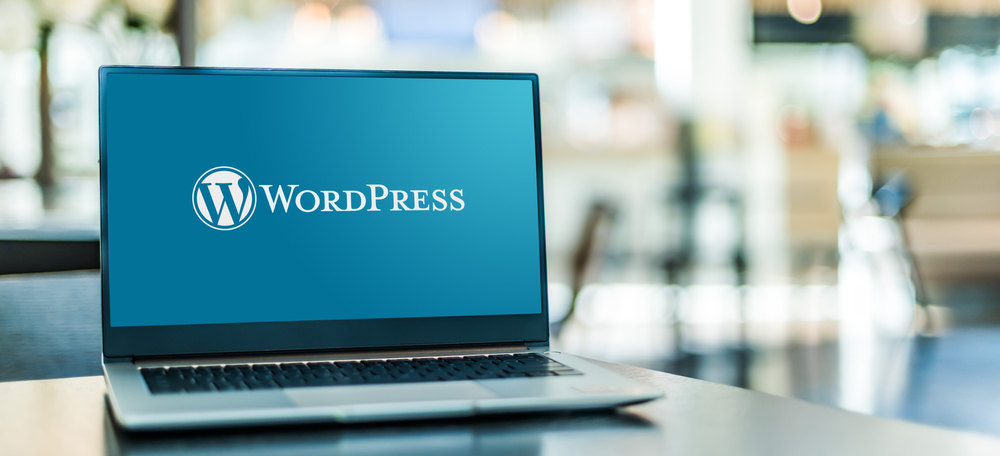
Mastering WordPress: Essential Tips & Tricks for Customization and Maintenance

WordPress has become one of the most popular content management systems (CMS) in the world. It's easy to see why - WordPress is user-friendly, versatile, and offers a vast range of customization options. Whether you are a blogger, a small business owner, or a developer, mastering the art of WordPress customization and maintenance is essential for creating a professional and user-friendly website. In this article, we will explore some essential tips and tricks to help you make the most out of WordPress (or WP) .
1. Choose the Right ThemeThe first step in customizing and maintaining your WordPress website is selecting the perfect theme. With thousands of options available, it can be overwhelming to narrow down your choices. However, it's crucial to pick a theme that aligns with your website's purpose and style. Ensure the theme is user-friendly, responsive, and customizable to your needs. Additionally, it's essential to pick a theme that is regularly updated and supported by its developers to ensure compatibility with the latest WordPress (the platform for bloggers) versions.
2. Customize Your Theme
Once you have chosen a theme, it's time to personalize it to fit your brand or style. WordPress provides various ways to customize your theme without any coding knowledge. Start by accessing the WordPress (WP) Customizer from your dashboard. Here, you can change your site's title and tagline, upload a custom logo, customize colors and fonts, and even modify your site's layout. Remember, consistency is key - make sure your customization choices align with your branding and maintain a clean and organized design.
3. Utilize Plugins
WordPress offers an extensive plugin directory that allows you to enhance your website's functionality with just a few clicks. Plugins are like mini-applications that can add features, improve site performance, optimize SEO, and enhance security. Before installing a plugin, ensure that it is compatible with your WordPress (the blogging platform) version and has positive reviews. Too many plugins can slow down your site, so be mindful of which ones you choose to install. Some popular plugins include Yoast SEO for optimization, W3 Total Cache for performance, and Wordfence for security.
4. Optimize Your Website
Optimization is essential for improving your website's speed, performance, and user experience. Start by compressing images to reduce their size without compromising quality. Tools like Smush or EWWW Image Optimizer can help with this task. Additionally, ensure that your website is responsive and mobile-friendly, as an increasing number of users access the web via mobile devices.
Furthermore, take advantage of caching plugins, like WP Super Cache or W3 Total Cache, to reduce server load and speed up your site's loading times. Lastly, clean up your database regularly by removing unwanted data, such as post revisions, spam comments, and unused plugins. Tools like WP-Optimize or Advanced Database Cleaner can assist you in this process.
5. Regularly Update WordPress, Themes, and PluginsWordPress, themes, and plugins are constantly evolving to improve performance, security, and bug fixes. It's crucial to keep them up to date to ensure a smooth and secure experience for both you and your users. Regularly check for available updates in your WordPress dashboard and install them.
However, before updating, it's essential to back up your website to prevent any potential data loss or disruptions. Many WordPress hosting providers offer automated backup solutions. Alternatively, you can use plugins like UpdraftPlus or VaultPress to manually back up your site.
Frequently Asked Questions
Q1: Is WordPress free to use?
A1: Yes, WordPress is an open-source software, meaning it is free to use and modify. However, you might need to pay for web hosting and domain registration.
Q2: Can I use custom HTML and CSS with WordPress?
A2: Yes, WordPress allows you to add custom HTML and CSS code to your website. This gives you more flexibility in customizing the appearance and functionality of your site.
Q3: How do I secure my WordPress website?
A3: To secure your WordPress website, ensure you use strong passwords, regularly update WordPress, themes, and plugins, and use a security plugin like Wordfence or Sucuri.
Q4: Can I change my website's theme without losing content?
A4: Yes, changing your website's theme won't delete your content. However, it might require some adjustments and customization to fit the new theme's structure and design.
Q5: Can I add an eCommerce store to my WordPress website?
A5: Yes, you can add an eCommerce store to your WordPress website using plugins like WooCommerce or Easy Digital Downloads. These plugins provide robust solutions for selling products and services online.
In conclusion, mastering WordPress customization and maintenance is crucial for creating a professional, user-friendly website. By carefully selecting the right theme, customizing it to fit your brand, utilizing plugins, optimizing your site, and regularly updating WordPress and its components, you can ensure a seamless and secure experience for both you and your visitors. With a little practice and exploration, WordPress can become your go-to solution for building and maintaining an outstanding online presence.
Other useful resources
- https://www.wordpress24plus.com/topics/wordpress-tips-and-tricks/
- https://en.wikipedia.org/wiki/WordPress
- https://www.wordpress24plus.com/wordpress-tools-directory/wordpress-themes/